The 10 Coolest Network Security Products Of 2017

Unification's The Name Of The Game
Vendors spent 2017 marrying network capabilities with other elements of their security practice everywhere from the platform to the code base. They particularly focused on bringing their network and endpoint portfolios together to more comprehensively address challenges ranging from unclassified network traffic to threat detection and response.
Enhancements to next-generation firewalls were also a major area of focus in the year, with vendors extending their capabilities to better address public and private cloud needs and simplifying deployment and management to better service midmarket customers.
Five of the 10 coolest network security products came from companies based in the Bay Area, two came from vendors based in the Seattle, and the remaining three stemmed from suppliers based abroad. Read on to learn how suppliers have gone about making their network security portfolio even more relevant to the channel.
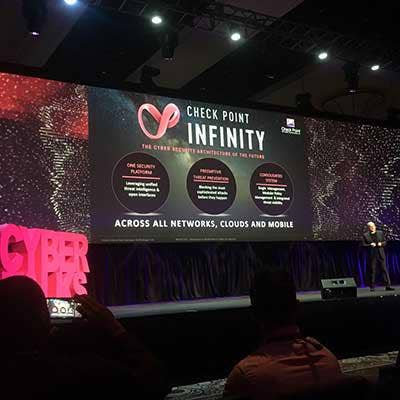
Check Point Infinity
Check Point Software Technologies in April brought together its technology for network security appliances, security management, mobile, cloud and threat prevention onto a single platform. The Tel Aviv, Israel-based company's new approach is designed to prepare partners and customers for the future of cybersecurity, including more sophisticated attacks, mobile threats, and making sure security protections are extended to the cloud, CEO Gil Shwed said in April. Disparate security offerings are costlier and not as effective for preventing security threats as a unified platform, according to Shwed. Infinity has a single security platform for the sharing of resources and threat intelligence, a pre-emptive threat prevention focus, and a consolidated system that provides a single pane of glass for management, policy and threat visibility.
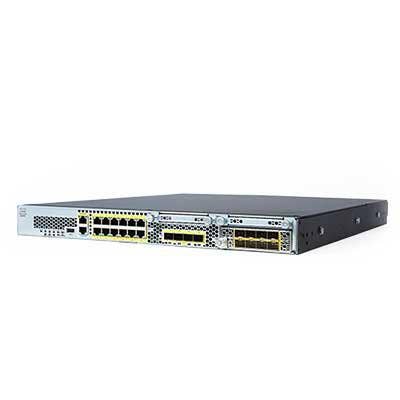
Cisco Firepower 2100 Series
Cisco Systems in February rolled out a new line of Firepower next-generation firewall offerings aimed at bringing better throughput and protections down to the midmarket. The new 2100 series is focused on bringing ease of deployment, ease of management and performance to the midrange next-generation firewall market, said Dave Stuart, Cisco's director of product marketing and network security. To do that, San Jose, Calif.-based Cisco has deployed a dual multi-core CPU architecture that allows companies to layer on advanced threat detection and an intrusion prevention system without sacrificing performance, Stuart said. The company said the offering has enabled midmarket and commercial customers to consolidate the number of suppliers they're working with by turning to broader, platform-oriented security vendors like Cisco.
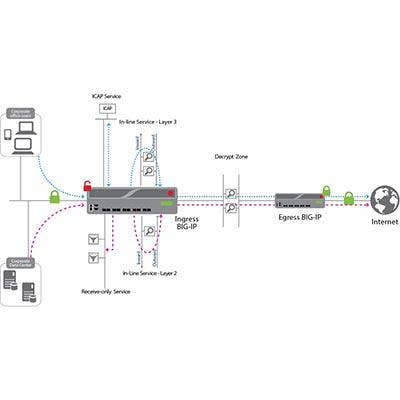
F5 Networks Herculon SSL Orchestrator
F5 Networks in January launched a portfolio of security offerings for partners to complement its application delivery products. The Herculon SSL Orchestrator provides dynamic service chaining and context-based policy management of the traffic flows between network security devices. In doing that, companies can gain visibility into encrypted traffic, better orchestrate traffic, improve performance and detect attacks, said Aldo Dossola, vice president of North American channel sales. Seattle-based F5's push to bolster its security portfolio is driven by the move away from perimeter security technology and a decentralization of application delivery with the cloud, Dossola said. These shifts are driving customers to leverage F5's offerings indirectly through their network operations teams, Dossola said.
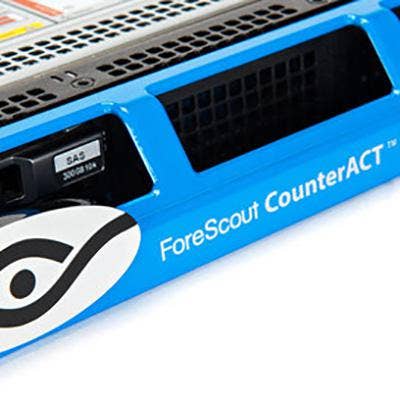
ForeScout Technologies CounterAct
ForeScout Technologies in June enhanced its flagship CounterAct system with out-of-the-box and customized classification of devices around profiling, taxonomy, segmentation and control policies. The company's agentless visibility and control offering provides insight into all network-connected devices. The new classifications work for the Internet of Things, operational technology, mobile and virtual endpoints, ForeScout said. The company also unveiled product enhancements around scale and resiliency, expanding its Enterprise Manager to handle more than 1 million devices and failover clusters for resiliency. San Jose, Calif.-based ForeScout also rolled out an enhanced user interface for consolidated visibility, policy management and control. "Our customers rely on ForeScout to see and control everything connecting to their network through our agentless approach to security," President and CEO Michael DeCesare said at the time.
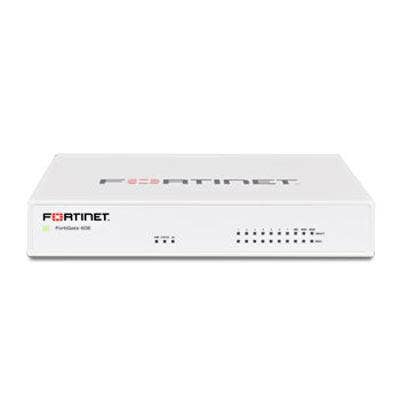
Fortinet FortiGate
Fortinet in April said that it is extending its virtual FortiGate next-generation firewall capabilities with performance to meet both private and public cloud needs. The Sunnyvale, Calif.-based company revealed that its offerings were now available on the Microsoft Azure Marketplace and that it had extended its orchestration and automation capabilities around Amazon Web Services, where it had already been integrated. Fortinet also launched FortiCASB at the end of the second quarter to provide customers and partners with an interface to gain visibility and control over SaaS applications. In addition, the company added new SD-WAN features and functionality to its operating system around centralized management, orchestration, zero-touch deployment, link load balancing and health monitoring, IPSec VPN tunneling, and prioritized business applications.
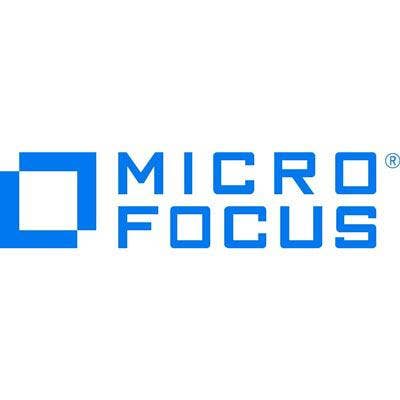
Micro Focus Voltage SecureData For Hadoop, IoT
This offering was launched in February and brings format-preserving encryption to the extensive data flows that are created by the Internet of Things. The launch was carried out by HPE's software division, which became part of Newbury, U.K.-based Micro Focus in September. The new products are key to securing the massive amounts of data created by the growing numbers of devices in the IoT era, said Sheryl Wharff, global product marketing leader. The offering validates and secures the data created by IoT devices regardless of whether it's at rest, in transit or in use, Wharff said. The company also unveiled the beta of ArcSight Investigate, which acts as a search and investigate tool for security analysts in the security operations center by embedding Vertica and then integrating Hadoop.
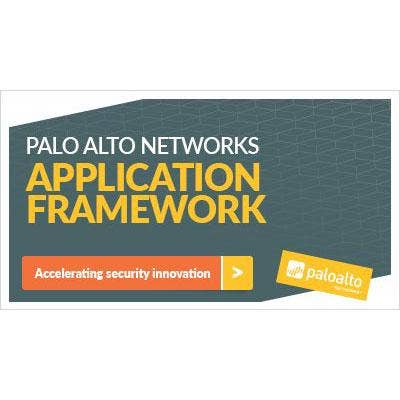
Palo Alto Networks Application Framework
Palo Alto Networks in June launched an application framework similar in concept to those offered by Salesforce and AWS that will allow any security provider to build cloud-based applications on top of its security platform. The San Jose, Calif.-based company will provide cloud APIs, software services and compute to deliver the developed apps to customers, said Scott Simkin, director of product marketing, security services and threat intelligence. The framework allows security providers to build applications for specific use cases such as identification, analytics and incident response, Simkin said. By building applications on the platform instead of point products, Simkin said developers can leverage the threat intelligence, user base, infrastructure and data stores that are part of the Palo Alto Networks platform.
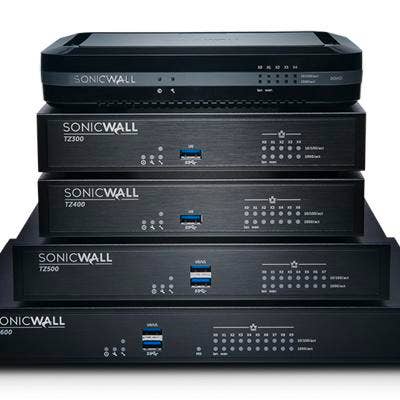
SonicWall SonicOS 6.5
SonicWall in September unveiled the biggest product refresh in its history as part of a push to drive an increased security innovation cycle after its split from Dell. The launch of SonicOS 6.5 represents an overhaul of the operating system around user experience, user interface and next-generation capabilities, CEO Bill Conner said at the time. In total, the update added more than 50 new features across SonicWall's operating system. The update also unifies the code base across SonicWall's TZ, SuperMassive and NSA appliances, which Conner said will make it easier for partners to manage the physical and virtual appliances for customers. Having a single code base helps with Santa Clara, Calif.-based SonicWall's ability to service partners and customers, Conner said.
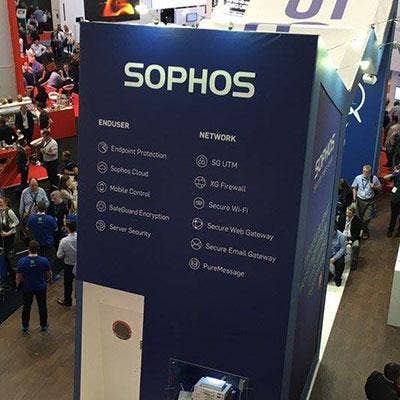
Sophos XG Firewall Version 17
Sophos in October launched the latest version of its XG Firewall to fill the gaps in areas where firewalls have traditionally lacked visibility and capability. One of the marquee features of the latest version of the Synchronized App Control is its ability to leverage information from the endpoint to classify previously unclassified network traffic and applications through the firewall. This is important because unclassified network traffic accounts for some 60 percent of traffic through the firewall, said Dan Schiappa, senior vice president and general manager of products. The new Sophos XG Firewall also adds a policy test simulator so that partners can test the effects of policy creation on existing policies. Oxfordshire, England-based Sophos also added the ability to run the firewall in tap mode, allowing partners to get the benefit of Sophos alongside a different firewall brand.
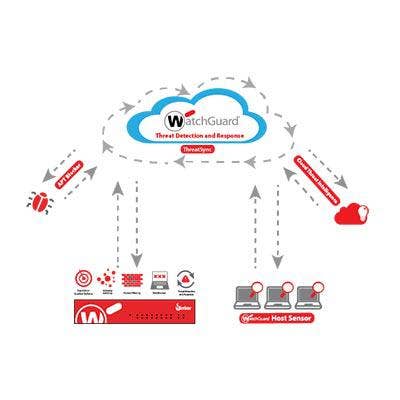
WatchGuard Technologies Threat Detection And Response
WatchGuard Technologies in January brought together its network and endpoint security portfolios with the launch of a new Threat Detection and Response offering. The cloud-based service adds threat detection capabilities on the endpoint, which connect back into the network for remediation. The offering includes ThreatSync, which combines feeds from the Seattle-based company's Firebox appliances, endpoint sensors and threat intelligence feeds for threat detection and policy enforcement. WatchGuard CTO Corey Nachreiner said companies need to embrace integrated network, endpoint, mobile and identity-based access solutions for more comprehensive security. SMBs need the capability to detect attacks, Nachreiner said, but lack the time to interact with multiple dashboards, leading them to look for a single set of offerings.